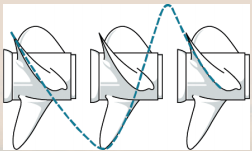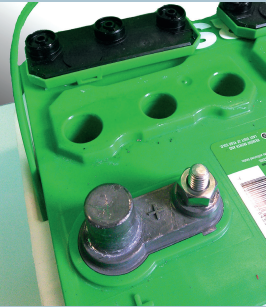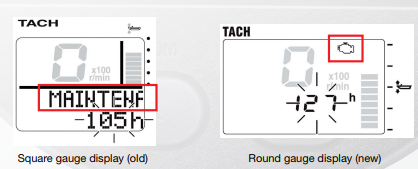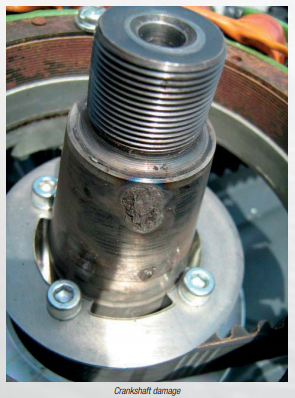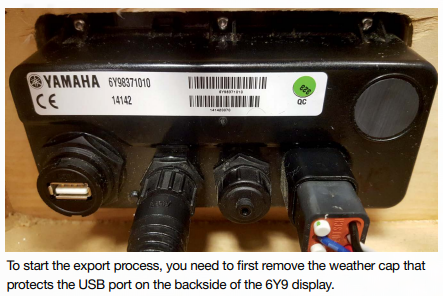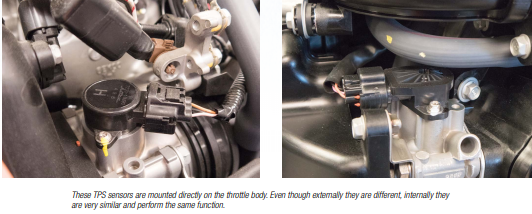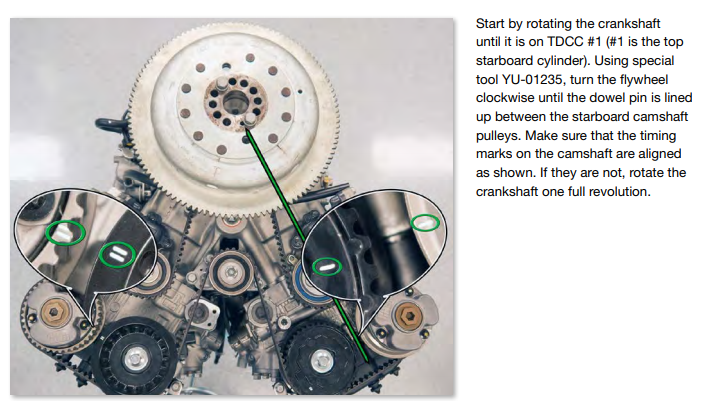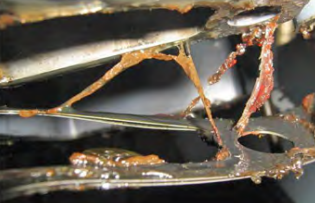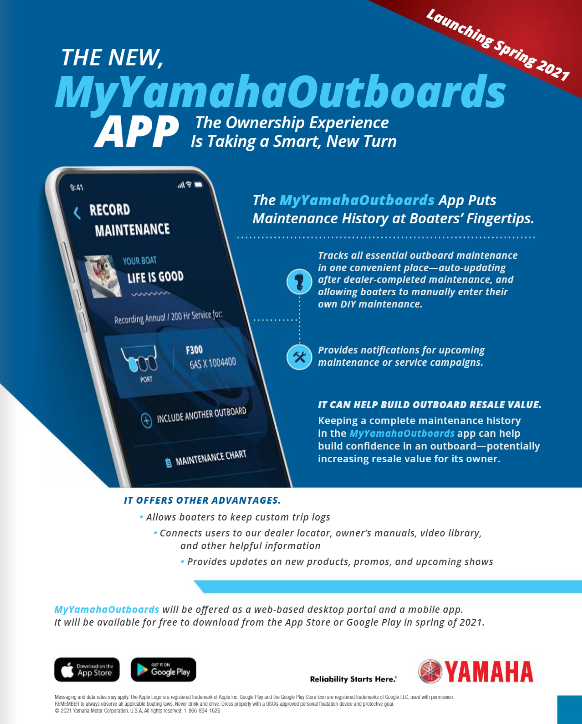One question often asked about props is, “How do I know if I have the correct pitch?” Luckily, that answer is pretty simple. At wide open throttle (WOT), with a normal load in your boat, your motor should be in the top 30% of its full throttle range. For the vast majority of Yamaha outboard […]
